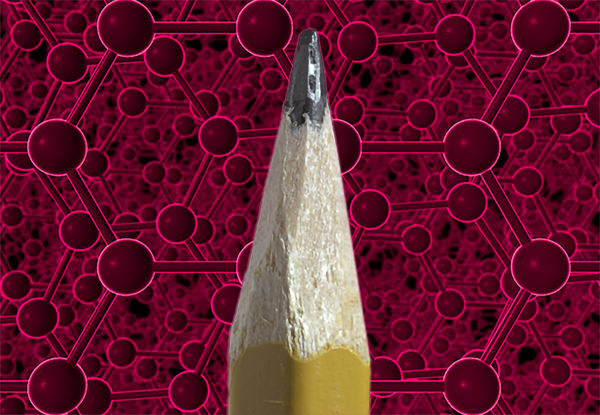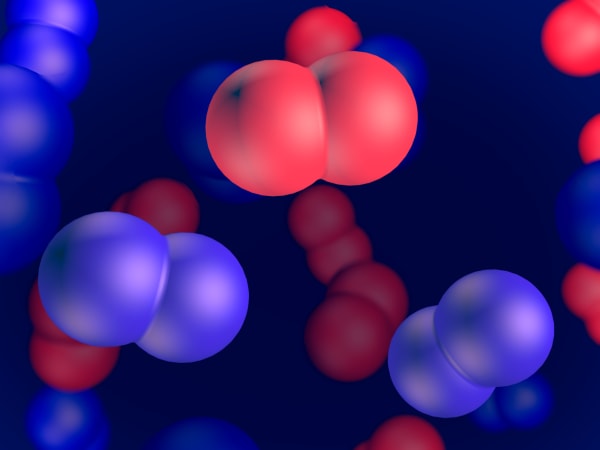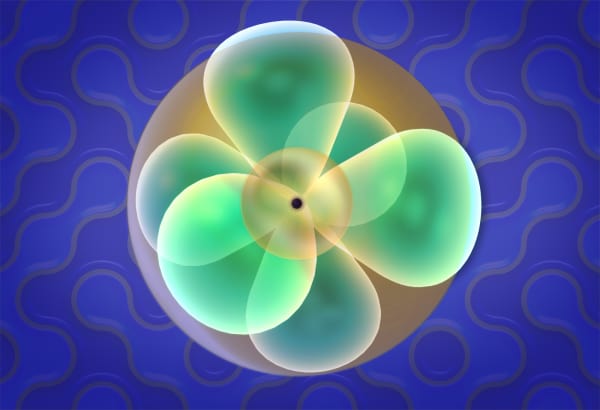Oxygen atom
An interactive lab where students assemble their own oxygen atom given the number of protons, neutrons, and electrons.
This lesson is a part of MEL VR Science Simulations. Learn more →
Similar lessons
Transcript






Teacher's notes
Keywords
oxygen, atom, nucleus, proton, neutron, electron, electron orbital, electron configuration diagram, s-orbital, p-orbital
Students will
- Construct an oxygen atom knowing how many protons, neutrons, and electrons the oxygen atom has
- Review electron orbital names, shapes, and order of appearance
- Review electron configuration diagrams
The lab serves primarily as a skill builder for electron configuration. It can be used in a variety of topics throughout the curriculum: periodicity and properties, oxides, organic chemistry (structure of functional groups).
Hands-on activities
Before VR
Burning a smoldering splint in pure oxygen.
Topics to discuss
- The oxygen content on Earth
- Oxygen structure and the formation of oxides
Fun facts and quotes
- All oxygen in the Earth's atmosphere appeared as a result of photosynthesis. Before the first photosynthesising organisms appeared, the Earth's atmosphere didn't contain any free oxygen molecules.
- Oxygen is the third most abundant element in the Universe.
- Oxygen is the most abundant element in the Earth’s crust.



